Junkyard Find: 1978 Toyota Celica GT

The first- and second-generation Toyota Celica was to my generation of freshly-minted California drivers (I got my license in 1982) what the early Ford Mustang was to those born a decade earlier: fairly inexpensive and sensible, but still sporty enough to make you feel cool. I drove a ’69 Corona four-door, possibly the uncoolest car a teenager could own at the time, which was to the Celica in 1982 as the six-cylinder Fairlane sedan was to the Mustang in 1972. These days, of course, all the rear-wheel-drive Celicas are considered worth having… unless they’re in rough condition, in which case they are worth little more than scrap value. Here’s an unrusty-but-still-battered ’78, done up in painfully-late-70s Crisis of Confidence Mustard Yellow, sitting in a Denver self-serve yard.
The very sturdy 2.2-liter 20R engine made good torque, as befitted an engine well-suited for hauling Hilux-driving, Soviet-fighting mujahideen over mountain passes. You couldn’t spin the R much, as many LeMons racers have discovered, but it would outlast the rest of a Celica.
When did the 5-speed become commonplace enough that it wasn’t worth bragging about via badging?
Speaking of badging, can someone explain what these “CARPET” decals on the rear quarter windows mean?
The interior is pretty beat, but you can still make out the nothing-like-a-Corolla sportiness here.
Guys with huge Malaise mustaches and earthtone suits knew: ditch the Volaré, get a Celica!
A car that gives you your money’s worth.

Murilee Martin is the pen name of Phil Greden, a writer who has lived in Minnesota, California, Georgia and (now) Colorado. He has toiled at copywriting, technical writing, junkmail writing, fiction writing and now automotive writing. He has owned many terrible vehicles and some good ones. He spends a great deal of time in self-service junkyards. These days, he writes for publications including Autoweek, Autoblog, Hagerty, The Truth About Cars and Capital One.
More by Murilee Martin
Latest Car Reviews
Read moreLatest Product Reviews
Read moreRecent Comments
- Analoggrotto Ford wishes it could be Hyundai Kia Genesis.
- John I used to have a 2016 Chevy Spark EV (leased, 85 miles range when new) as our family's 3rd car. Loved it. When the lease ended the only cheap EV was the bolt but I couldn't stomach the tuperware interior so I bought a used Cayman instead and have been waiting now for another a cheap EV for almost 5 years. My bigger problem would be that I dislike giving Elon Musk even more $$, but the tesla supercharger network makes long trips (within CA at least) an option.
- SCE to AUX "...it’s unclear how Ford plans to reach profitability with cheaper vehicles, as it’s slowed investments in new factories and other related areas"Exactly. They need to show us their Gigafactories that will support the high-demand affordable EV volume.
- 1995 SC I have a "Hooptie" EV. Affordable would be a step up.
- Buickman if they name it "Recall" there will already be Brand Awareness!


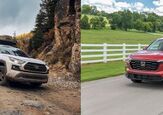
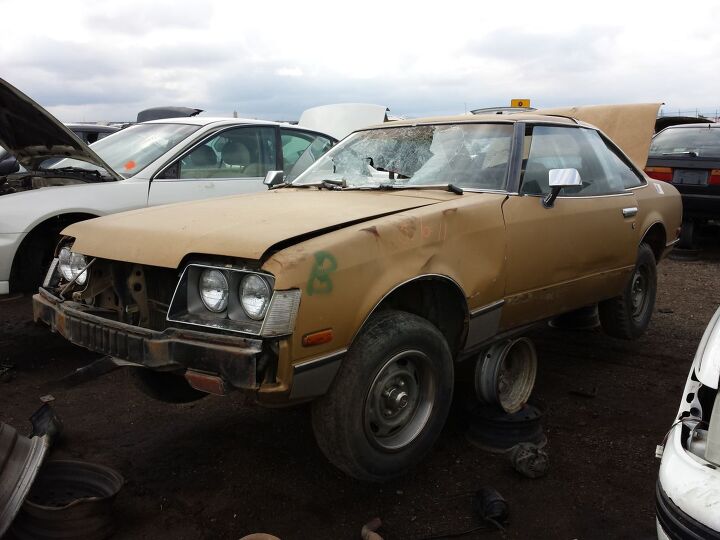


























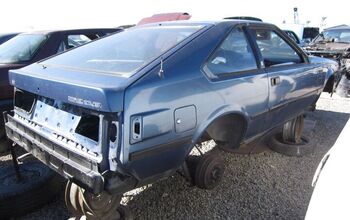
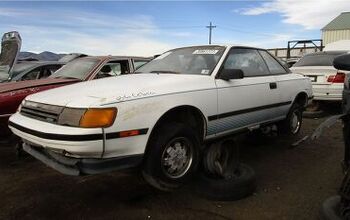
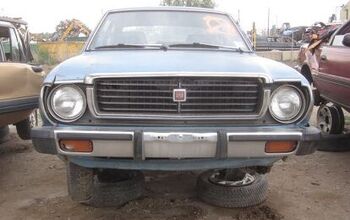
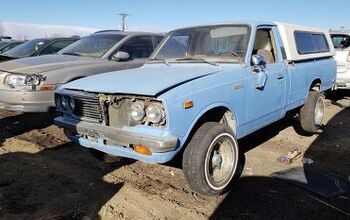
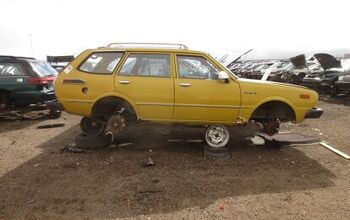
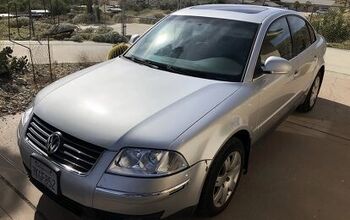
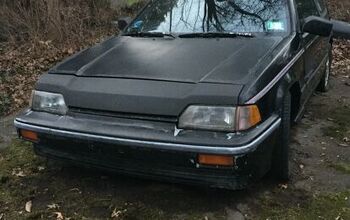

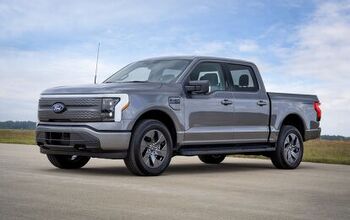
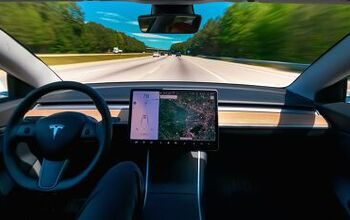
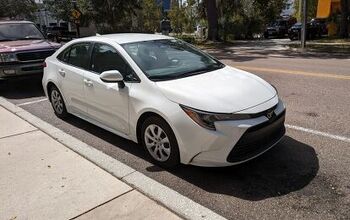
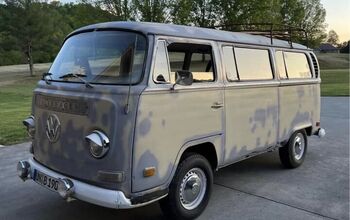
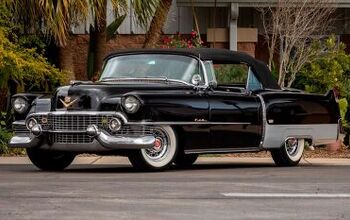

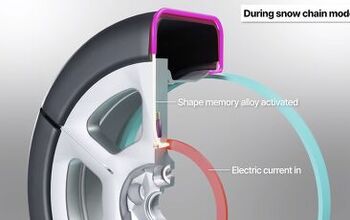
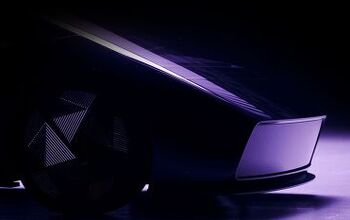
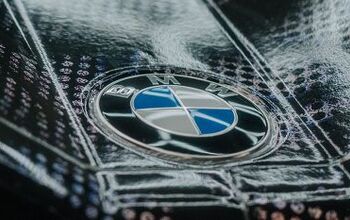
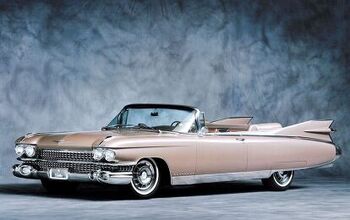
Comments
Join the conversation
They mean (1970s) "Hey! My Toyota's got carpets! Woo!"
I'm intrested in a1980 toyota pickup
I need all the vsv valves and hoses.. CA